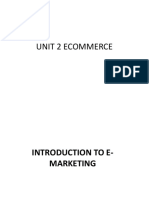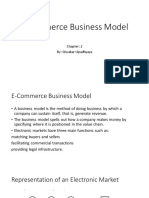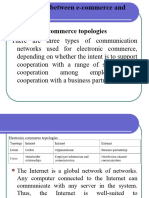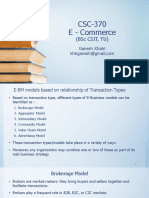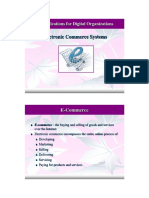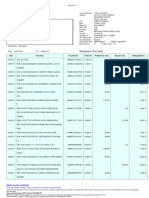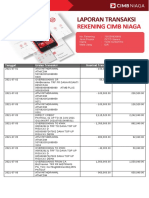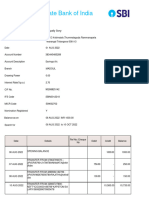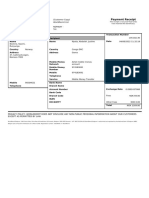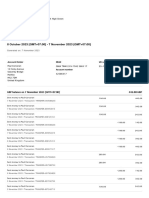0% found this document useful (0 votes)
17 views47 pagesM-Commerce - Module - 1
The document outlines the framework of mobile commerce (M-Commerce), which includes four levels: M-Commerce applications, user infrastructure, middleware, and network infrastructure. It describes various business models such as B2C, G2C, B2B, and C2C, along with the major services offered, including payment, advertising, shopping, and content provider models. Additionally, it details how these models facilitate transactions and services through mobile devices, enhancing user experience and expanding business opportunities.
Uploaded by
haroonnadheem2023Copyright
© © All Rights Reserved
We take content rights seriously. If you suspect this is your content, claim it here.
Available Formats
Download as PDF, TXT or read online on Scribd
0% found this document useful (0 votes)
17 views47 pagesM-Commerce - Module - 1
The document outlines the framework of mobile commerce (M-Commerce), which includes four levels: M-Commerce applications, user infrastructure, middleware, and network infrastructure. It describes various business models such as B2C, G2C, B2B, and C2C, along with the major services offered, including payment, advertising, shopping, and content provider models. Additionally, it details how these models facilitate transactions and services through mobile devices, enhancing user experience and expanding business opportunities.
Uploaded by
haroonnadheem2023Copyright
© © All Rights Reserved
We take content rights seriously. If you suspect this is your content, claim it here.
Available Formats
Download as PDF, TXT or read online on Scribd
/ 47




















